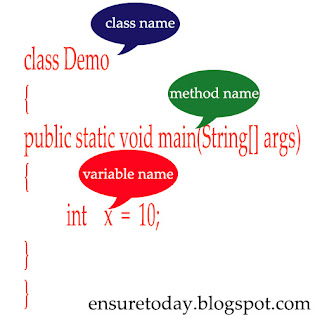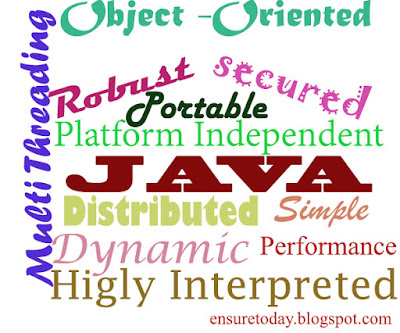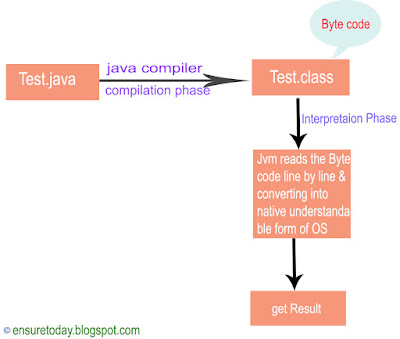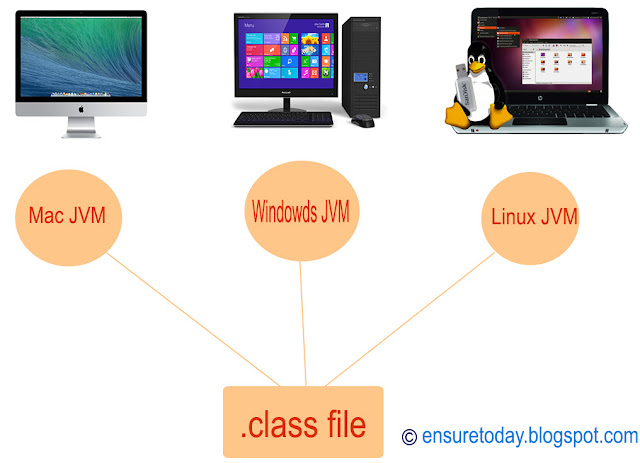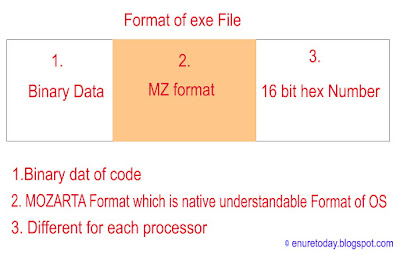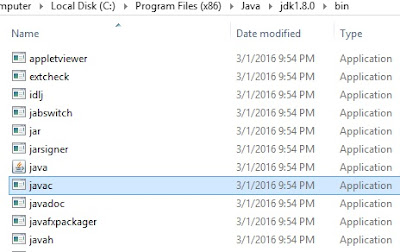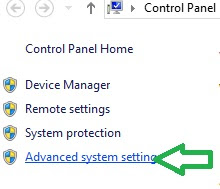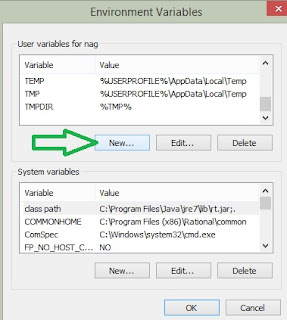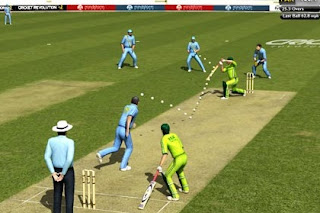Technical
Description:- A name in a java program is called identifier. It can be class
name or variable name or method name or label name. We can not set or retrieve
value without knowing identifiers.
Example :
General Description:- suppose if you want to make a call to
some one of your friend. So how can you make a call to them? either mobile or
network ,for that we need identification of his/her number or social id.Then
only we can able to talk with them ,so identity is very important and it always
unique ,or else we will get ambiguity(Duplication).


Example :
8123456789 : This is Number identity,by this identity we can
make a call to them.
Nagendra : This is
nagendra (of course in real time different people having same name ,but do not
apply this scenario to Java identifier ,because in java we can protect our
identifier (name) using private keyword )
Code : This is Number identity,country code ,each country
having unique number (IND +91,USA +1 ,..etc)
India : This is name identity
We can take so many general scenario as examples like
Vehicles registration Numbers,Passport Numbers,Bank Account Numbers etc .
1. The only allowed characters in java identifiers
are
A to Z
a to z
0 to 9
_(Under score)
$
Note: If we are trying to use other character we will get compile time
error
Example :
All_Number -->variable name is correct
all_number -->variable name is correct
#all -->variable name is incorrect (because java does not allow special characters as in variable name)
_$Z -->variable name is correct
2. Identifier should not start with digit
Example :
123Total variable name is incorrect
Total123 variable name is correct
3.Java Identifiers are case sensitive, which means Number is different
with NUMBER
Class Test
{
int NUMBER=10;
int nUmber=20;
int NumBer=30;
System.out.println(“All are different ”);
}
In java we can differentiate identifiers with respect to case.CAT is different from cat,
4.There is no length limit for java identifier.But it is not recommended
to take more than 15 length
5.
Keywords cannot be used as identifiers
Example :Do not use int (its one of the keyword in java )as variable name
6.All predefined java class names and interface
names we can use as identifiers.Even though its legal,but it is not
recommended.We can use ,but not recommended
Class Test
{
int String=10;
System.out.println(String);
}
Output: 10
Class Test
{
int Runnable=20;
System.out.println(Runnable);
}
Output : 20


